Listen up: here are the best new studio monitors and headphones making waves in 2024
GEAR EXPO 2024: These speakers and 'phones are going to cause a stir in home and project studios this year

GEAR EXPO 2024: No matter how you monitor your music – whether it be with traditional studio speakers or headphones – 2024 has speakers of all shapes and sizes for you to choose from.
Studio monitor speakers are the most essential item in your studio, it's as simple as that. Decent studio monitors will present you with an honest version of your mix so that you can make correct and educated adjustments to it. Mix on a bad set of speakers, and you might make incorrect mix decisions resulting in your music sounding terrible on other systems. Choosing a good set, then, is vital.
Fortunately, studio speaker technology has improved vastly and costs have remained pretty static – fallen, even. This means that you can get great studio monitors at an affordable price, and in this round-up we've got some of the best new studio speakers, from compact options to wireless to full-size and even standalone subwoofers. We've also included a smattering of headphone choices coming out this year for you to use if your studio space is more challenging.
Here, then, are the speakers and headphones to look forward to in 2024.
Yamaha HS3 and HS4
We described the Yamaha HS5 as "the best-sounding studio monitor we’ve heard in its price range by a mile", so we're already pretty excited by the company's new HS3 and HS4 monitors. These look like delivering a great sound from a couple of even more compact enclosures.
Yamaha has managed to downsize both designs by using one class-D amp for two speakers, which also reduces weight and simplifies cable connections. Talking of which, you can plug your audio sources in via XLR/TRS phone, RCA and stereo mini jacks, which should cover your audio interface, instruments, laptop and mobile device. The power button, volume control and headphone jack are located on the front of the speakers.

Both HS4 and HS3 have similar designs in that they are 2-way bass-reflex powered speakers. The HS4, not surprisingly, has larger cone woofers and dome tweeters – 4.5-inch/1-inch as opposed to 3.5-inch/0.75-inch on the HS3. Frequency responses are 70Hz - 22kHz (-10dB) for the HS3 and 60Hz - 22kHz (-10dB) for the HS4. Both boast a 26W + 26W power output.
Want all the hottest music and gear news, reviews, deals, features and more, direct to your inbox? Sign up here.
Each model features ‘Twisted Flare Port’ technology, which reduces air turbulence and gives you a more controlled bass, but you can also adjust frequencies using the Room Control and High Trim switches.
As is often the case with Yamaha speakers, you can buy them in either black or white. HS3 and HS4 cost around £229/$250 and $285/£329 per pair respectively.
Find out more on the Yamaha website.
Kali Audio IN-UNF
The battle for the best compact studio speaker is hotting up in 2024. So far the likes of IK Multimedia and KRK have had an easy run, being just two companies in the race for compact supremacy. But they are being joined by other players, not least Yamaha above. But another is the relative newcomer to the speaker business, Kali Audio.
The company's IN-UNF monitoring system is ideal if you mix in a small environment, and is known as an 'ultra-nearfield' (UNF) setup, with which you’ll gain most benefit from it if you’re just 0.8 meters away. It’s very compact, simple to install and easy to EQ for small, non-treated rooms. The output is also very focused – move away, or off-axis, and the sound drops off considerably.
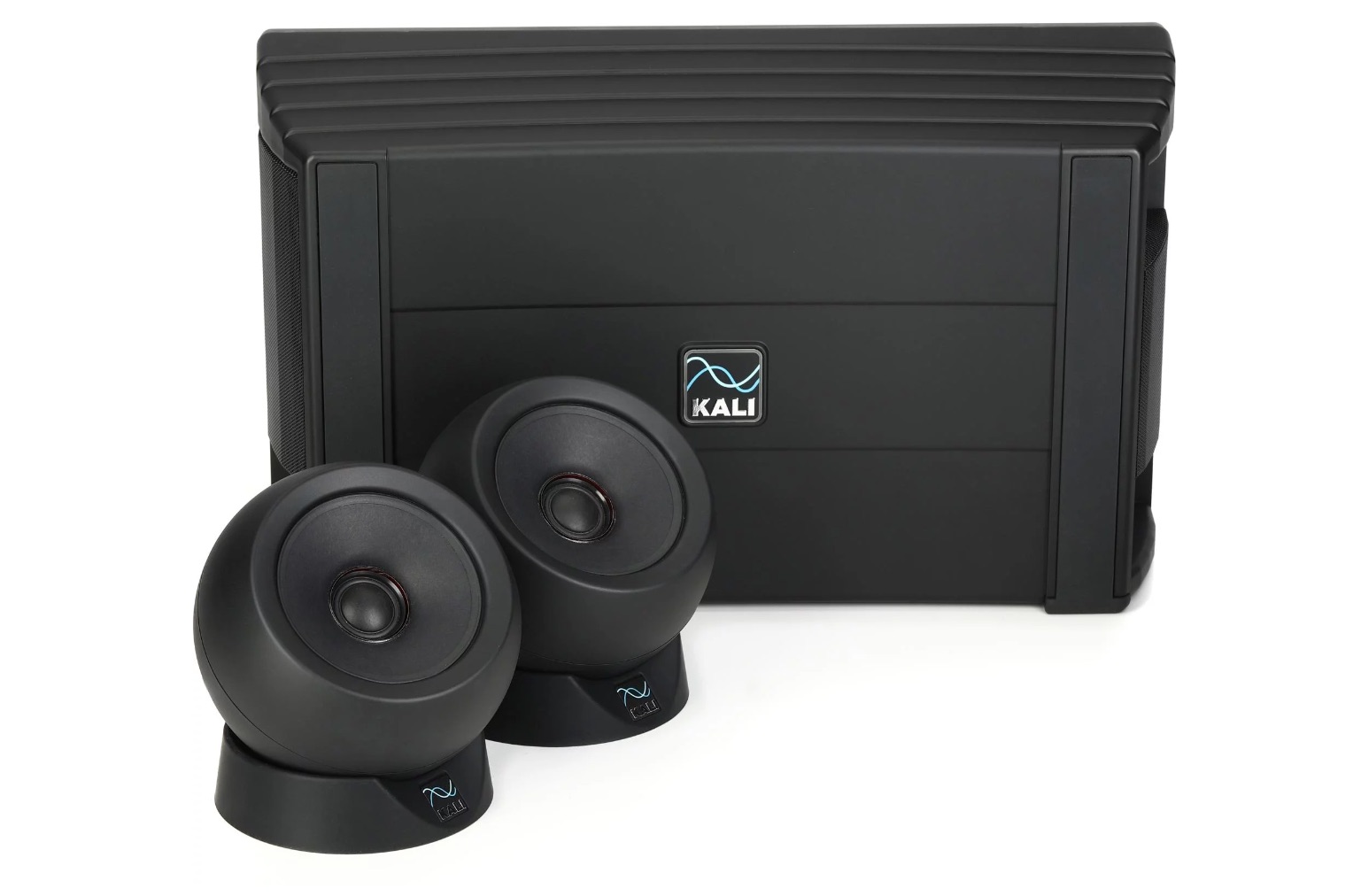
To save space, the system includes a bass unit and two satellite speakers that have been designed to sit on your desk as a package. Place the bass unit horizontally and it doubles as a handy laptop stand. Flip it vertically and you can place your laptop or monitor directly in front of it. Its twin 4.5-inch woofers fire from the sides, so sound quality isn’t compromised whichever orientation you choose.
In our review, we concluded, "Once we’d played around with the DIPs, we were getting surprisingly close to our reference setup, a more conventional stand-mounted pair of monitors with a sub on the floor. The sound quality is good if not exceptional, build is sturdy and the price reasonable. What’s not to like?
"This is a unique, inexpensive monitoring system that makes accurate mixing in modest spaces more accessible than ever."
Kali Audio's IN-UNF costs $£5,99 and you can get more information from the Kali Audio website.

Telegrapher Gorilla
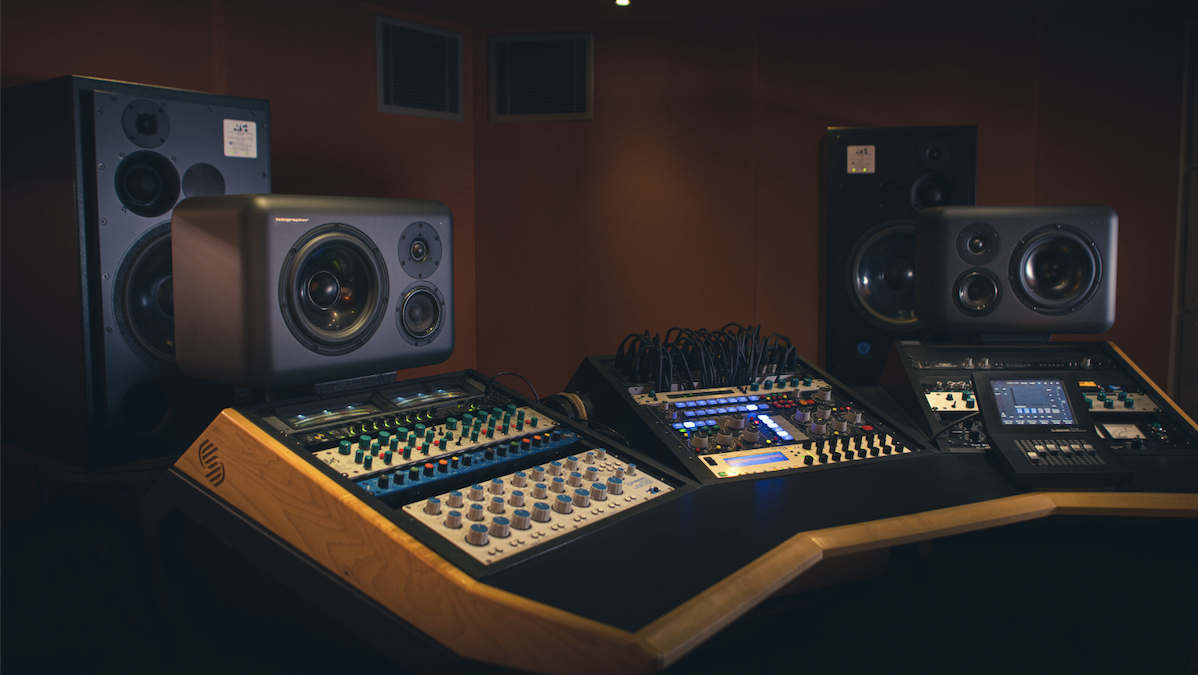
New at this year's NAMM show were the Gorilla studio monitors from another new speaker manufacturer, Telegrapher Loudspeakers. The company prides itself on its sealed speaker enclosure designs, stating that traditional vented speakers often introduce phase delays and inaccuracies.
The company claims that its sealed designs "deliver cleaner and tighter bass than any ported system in the market". Telegrapher also admits that ported speakers can deliver more volume, but counters by saying: "We may not be the loudest but our precision and clarity is second to none".
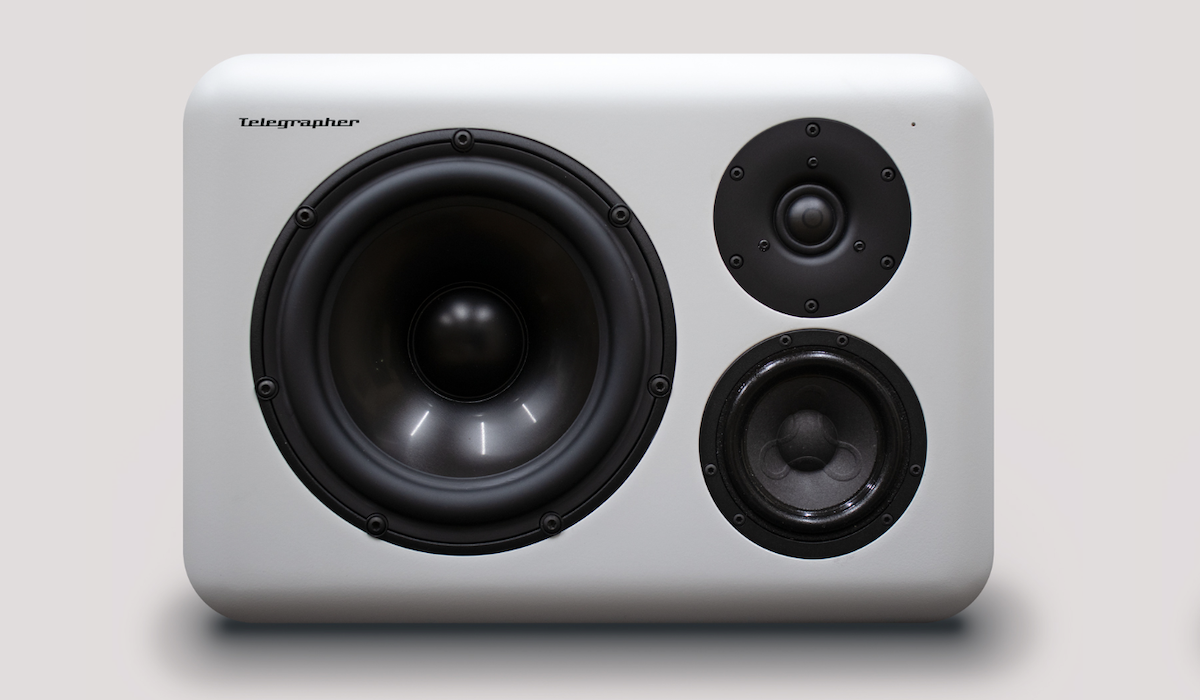
The company's 3-way Gorilla speakers are in a fully-enclosed design, then, and have a 20Hz-20kHz (+/-1.5dB) frequency response. They feature a 22cm aluminium cone woofer, 12cm paper cone mid driver and 2.5 cm coated textile diaphragm tweeter, each with a patented 'Symmetrical Drive'.
They have full analogue crossovers and built-in protection circuits against both high heat and signal levels. Telegrapher says that this helps you avoid the problem of mixing at too high a level, stating, "if clipping becomes continuous, the amplifiers will be shut down to protect your gear and your hearing".
The best bit might well be that you can get your Gorillas in five different colours, as well as the more traditional black and white. We rather like the sound of the Jaipur Orange or Menton Yellow models. Maybe we'll get both in for review…
No price has been revealed yet but you can get more information from Telegrapher's website.
Tascam TH-11 headphones

Tascam already makes some of the most cost-effective headphones out there – its TH-02s sell for around £40/$50. However, for the same price these all-new TH-11 'phones are designed specifically for the studio.
Tascam says it spent spent over a year comparing various technologies and designs "to provide you with an amazing product for less than a third of the usual cost". The TH-11s feature a closed-back design, 50mm drivers and a frequency response of 18Hz to 22kHz – pretty decent specs so far.
Tascam also claims that they have a "clear and balanced sound to fit all of your favourite tunes, regardless of genre or application" and "produce pristine highs, clear mid-range, and rich low end".
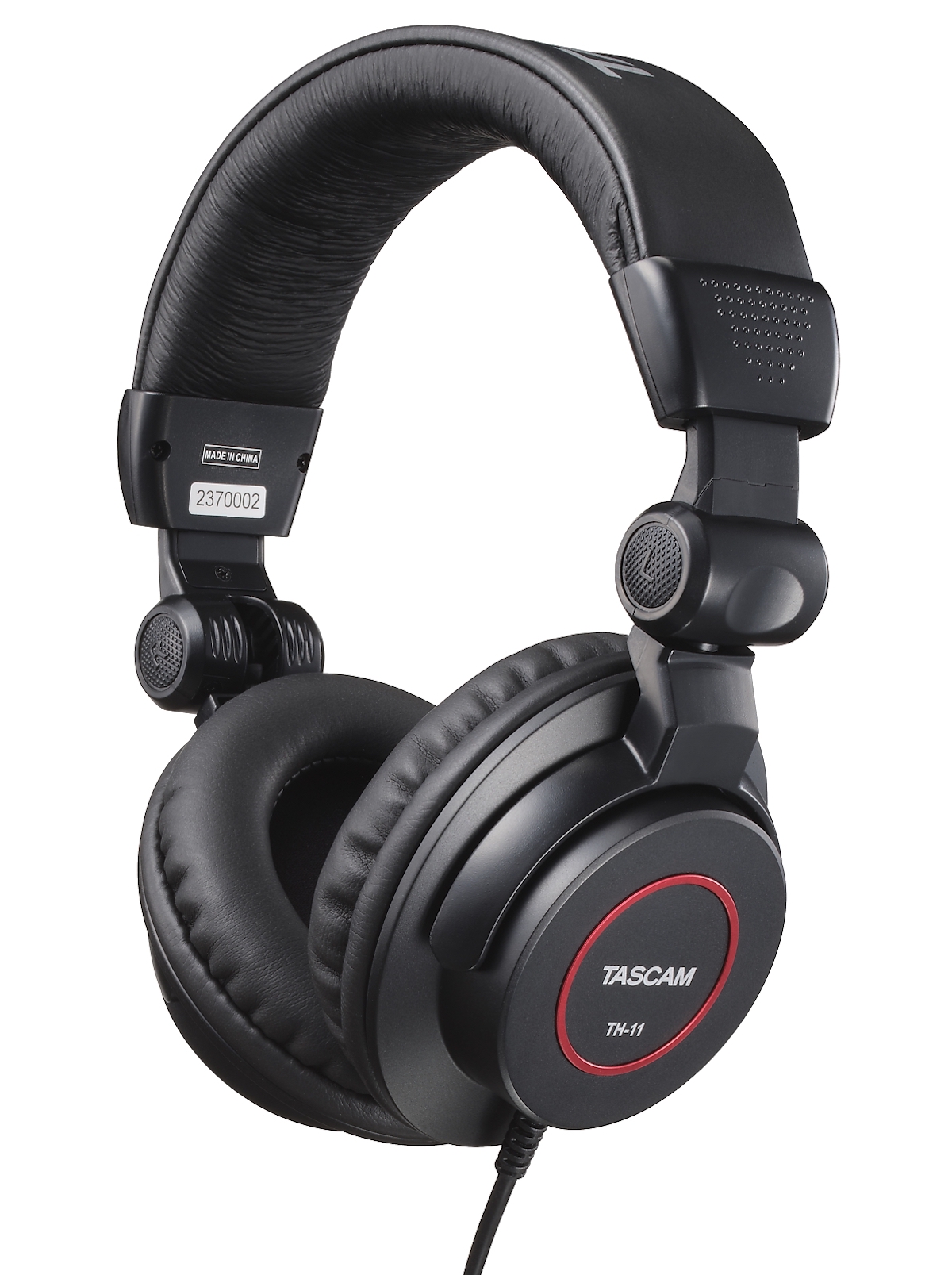
They are built for comfort, too, with cushioned ear cuffs and a padded headband. Both left and right cuffs have a full 90° rotation and as you can see from the top photo, they have a full folding design to make them nice and compact for carrying.
"Not to mention, you’re going to look good wearing them," adds Tascam; we're not sure why these phones will improve our looks more than any other, but we'll take its word for it.
As we said, the retail price is looking to be around £43/$50, which is pretty low for studio headphones in anyone's book. More info at Tascam's website.
Sennheiser HD 490 Pro
Sennheiser's 400 reference series of headphones is often recommended for mixing and mastering, and it’s this series that has a new top-of-the-range model for 2024.
The HD 490 Pro comes in two versions; Pro and Pro Plus. Both have the same open back and over-ear design, but the Pro Plus also includes an additional 3m lead, a fabric headband and a luxury case.
The HD 490 Pro is designed specifically for mixing and mastering and to that end aims to deliver a flatter, monitor-style sound.

A key aspect of the HD 490 Pro is the two sets of earpads, which are each designed to deliver a slightly different sound. The producing pads (velour) have a slightly sweetened delivery, with more bass and slightly crisper mids and highs. Meanwhile with the mixing pads (fabric) the bass is flatter and the overall sound more mid-range focused.
We have a full review of these new Sennheiser 'phones here – they are pricey at £349 / €385 / $399, but could set a new reference level for mixing 'phones. Meanwhile there's more info at the Sennheiser website.

AIAIAI Unit-4 Wireless+
AIAIAI's Unit-4 is, the company claims, the first true wireless monitor system designed for the recording studio and mobile mixing.
The claim is justified as the speakers use and all new Wireless+ technology, as used in the company's TMA-2 wireless headphones, which cuts down latency which has been the big stumbling block with Bluetooth up until now. Record your note playing and there will be an audible delay between you pressing and hearing it – not great for music composition.
In our review of the Unit's 4's, we were not only impressed with this all-new low latency action, but also the sound of the speakers.
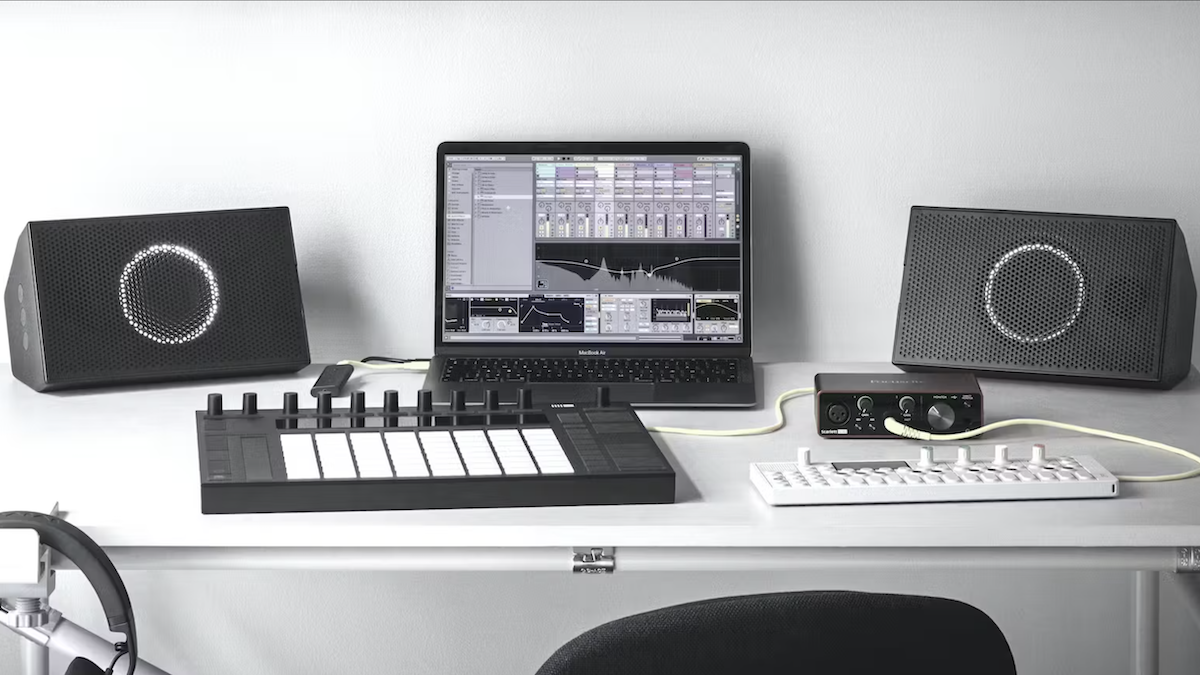
"The fact is that these speakers do sound pretty exceptional given their size, and we'd say that the flat frequency response we discussed earlier is certainly noticeable. There’s a true but rich and clear feel overall; the bass response is surprisingly detailed and the top and mids shimmer gloriously."
The speakers are also incredibly easy to set up and that wireless philosophy extends to their power supply – you can run them for over 20 hours on a single charge.
While wireless studio monitors aren't exactly something we'd been desperate for, using Unit 4's in situ for a while made us realise how handy wireless actually is, not to mention tidy. They're not cheap, at £700/$800 a pair, but if wireless studio monitoring is on your wish list, these are about the only practical option out there.
Read our full review here and get more information from the AIAIAI website here.
PreSonus Eris Sub 8BT

And we'll finish with the latest subwoofer from Presonus. While not perhaps your immediate first choice purchase, a subwoofer can seriously enhance your monitoring.
Eris Sub 8BT is a compact front-firing and front-ported subwoofer that combines an 8” paper-composite LF driver with Class AB power amplification (50 Watts RMS), and also includes pass-through connectivity for satellite speakers and plenty of setup controls. As you may have gathered from the name, the Sub 8BT is also Bluetooth equipped.
For a typical 2.1 configuration your stereo output goes to the Sub 8BT inputs and you then connect the pass-through outputs to your monitors. The pass-through signal can be full frequency or filtered below 80Hz if you engage the high-pass filter. If you connect the Sub 8BT via Bluetooth, you’ll still need to use cables to connect to your satellite monitors and also need to accept the slight timing delay of the Bluetooth connection.
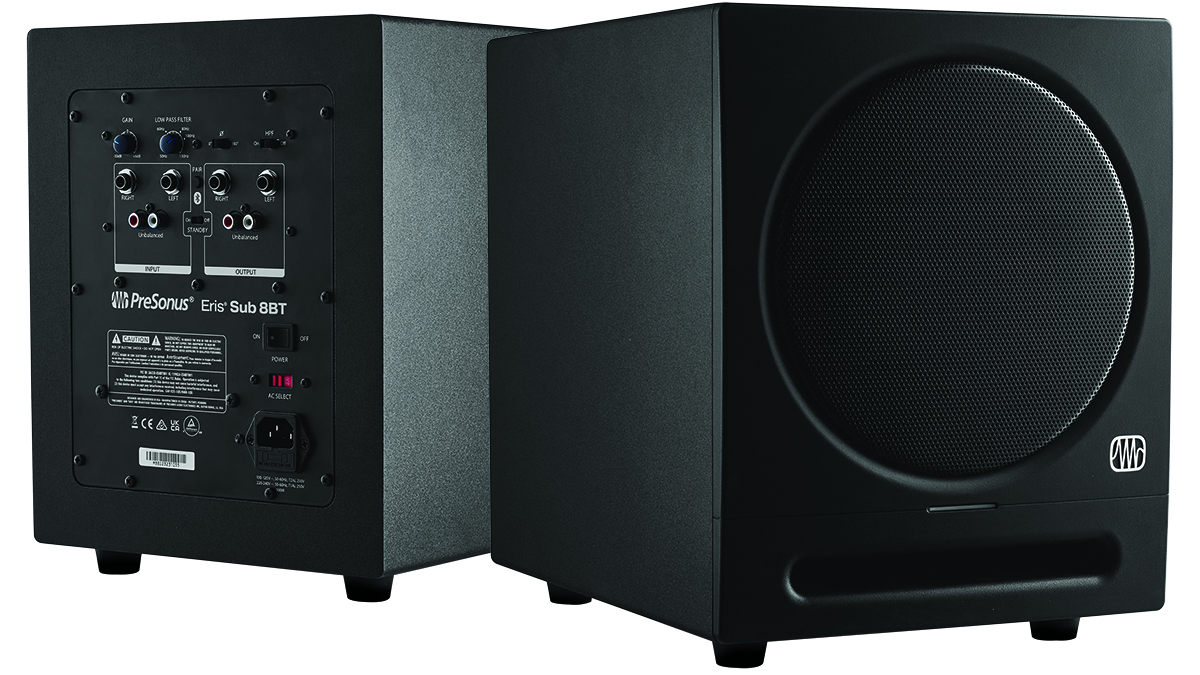
There’s no question that adding a subwoofer to your music production setup can be very beneficial, particularly if you work on club music or bass-dominated genres such as hip-hop. The new Eris Sub 8BT is an affordable option with plenty of features and is perfect for small to medium size rooms.
Eris Sub 8BT costs £169 / €198 / $185. You can read our full review here and get more information from the Presonus website.
Looking for more great new gear? Get all our round-ups, news, features, tutorials, tips and more at our Gear Expo hub page.


Andy has been writing about music production and technology for 30 years having started out on Music Technology magazine back in 1992. He has edited the magazines Future Music, Keyboard Review, MusicTech and Computer Music, which he helped launch back in 1998. He owns way too many synthesizers.
